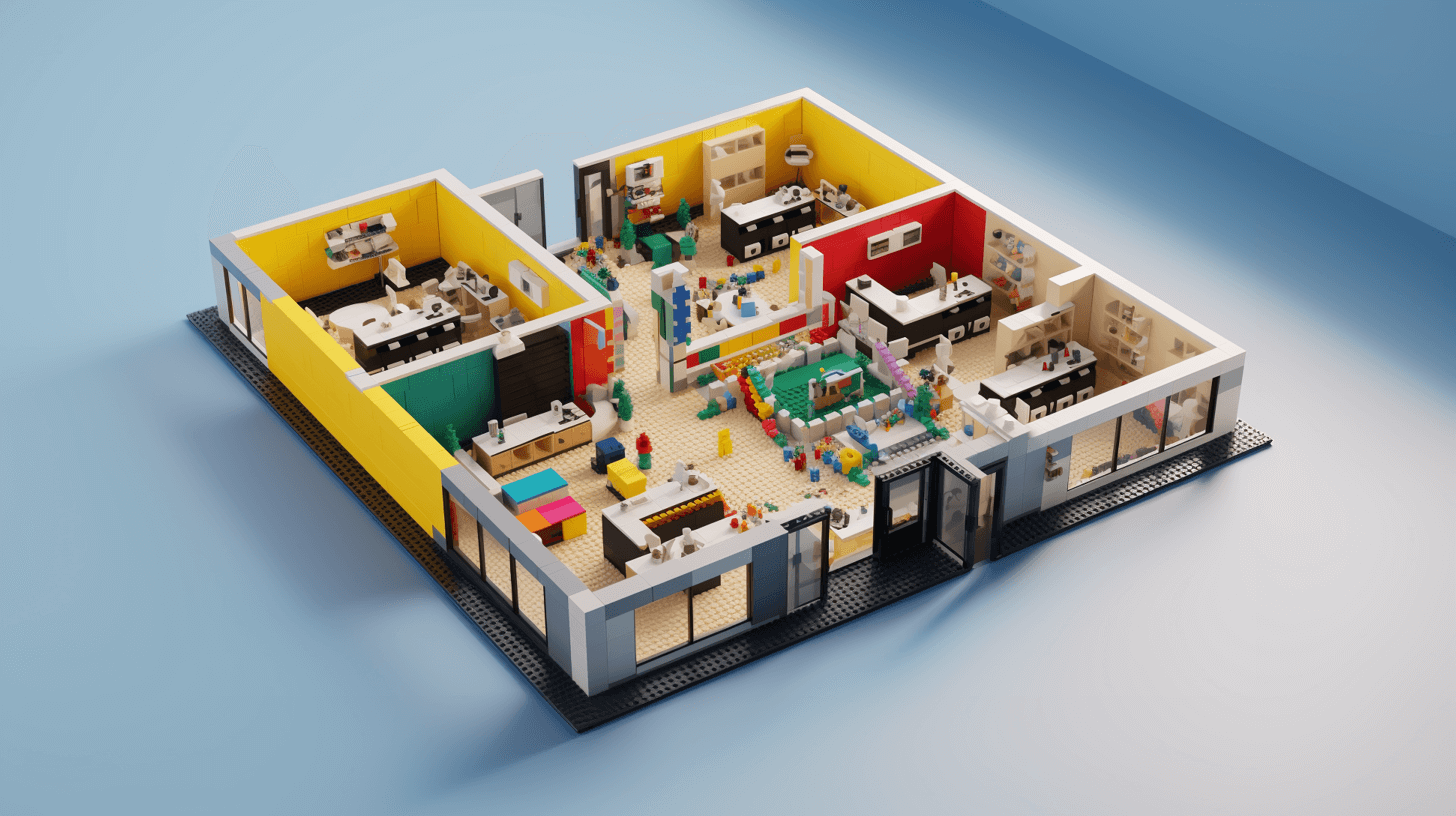After years of discourse over return-to-office policies and what they mean for workers and employers across the world, one thing is clear to Andrew Farah: RTO simply didn’t happen.
As the CEO of Density, which provides workplace analytics technology that measures and optimizes space usage, Farah has more than a little insight into the subject. In a recent poll of his customers, 60 percent reported that RTO efforts were either in progress or hadn’t happened yet. Meanwhile, building utilization rates continue to hover around 30 percent.
It’s a complicated question, of course. One that gets even more complicated as you drill down into individual companies.
“You talk to companies and they say RTO has happened in some buildings, for some teams, but not for everybody,” Farah said, noting that he’s talking to some of the biggest employers in the world. “And then you go talk to the employees and they say ‘I'm never going back to the office.’ And then you go and you talk to a different team and they say, ‘We're in the office four days a week.’ The difference between those different constituencies is emblematic of how big these companies are.”
What accounts for these discrepancies? In short, to the extent that companies have implemented RTO, it appears to be an atomized phenomenon. “It is almost exclusively driven by the leader of a particular team,” Farah explained. “We have seen utilization rates at 67-68 percent as high or higher than pre-pandemic for individual departments at these large companies. And then you look at the very next department, and it's at 19 percent.”
In a decentralized world, one thing seems to distinguish the teams that come back to the office from the teams that don’t: trust. “I believe companies are coming around to the conclusion that has always been true but hard to measure, which is that being in-person is about building trust amongst people,” Farah said. “It is not about focused work. It's about building trust amongst teams.”
The Messy Middle
With the first iterations of RTO seemingly DOA, businesses across the country are continuing to figure out what works for them. In October, Amazon reportedly informed managers that they could fire workers who don’t come to the office at least three days per week. Nike updated its in-office requirement from three days a week to four days, while the New York Times’ 700 tech workers recently held a work stoppage over the newspaper’s RTO policy. The battle over how to work, clearly, is still raging.
The future isn’t necessarily in-person or remote, Farah pointed out. While the majority of the business landscape uses either colocated models or distributed ones, Density’s data points to an emergent new model.
“That third category is the companies that are acknowledging the importance of in-person work and the value of distributed work, and then consciously deciding to sit in that messy middle and create policies,” Farah explained. “Hard policies about what it means to support distributed work and what it means to support in-person work and why they matter.”
While he’s excited to see the growth of this new category, he also warned that companies doom themselves by failing to commit fully to whichever model they choose.
“There are companies who are hardcore in-person, who are unwilling to admit that they're hardcore in-person; that's a losing strategy,” he said. The same is true for hybrid or remote companies that don’t fully embrace an approach, one explicitly supported by design and policy. Why? Because workplaces with unclear expectations are workplaces with unhappy employees, and unhappy employees don’t tend to do their best work.
“What we get to see over the next 10 years will be the financial returns of those three different strategies,” Farah predicted. “I don't think it will bear out in any other success metric. I think we will see who wins and who fails.”
Coffee Badging and Ghost Meetings
Indeed, there is already ample evidence of employee discontent with in-person requirements, including widespread reports of “coffee badging.” As Forbes described, coffee badging occurs when workers go into the office for coffee or to socialize briefly with coworkers—and, crucially, to swipe their badges—before heading back home. In one study cited by Forbes, more than half of hybrid workers admitted to using the tactic at one point or another.
Density’s own data points to the popularity of coffee badging, as well as the more benign practice of tailgating, when one worker swipes their badge to enter the office and holds the door open for someone who doesn’t swipe in. The trends, however, are stranger than you might expect. In workplaces that don’t allow tailgating—like financial institutions and secretive tech firms—the number of badge swipes appears to be higher than simultaneous occupancy, which points to the prevalence of coffee swiping. As Farah put it, “You’ve got visits, but you don’t have utilization.”
At workplaces that do permit tailgating, on the other hand, badge swipes are significantly lower than simultaneous occupancy, suggesting that more workers are in the office than a company’s data might register. “Badge swipes are just not a very good measure of utilization in either direction,” Farah explained.
A similar phenomenon is the rise of ghost meetings when conference rooms are booked for meetings nobody attends. This wouldn’t be an issue for scattered cases, but at scale, it can disrupt workplace operations. At one large financial institution Density worked with, a comparison of booking data and utilization data revealed that a full quarter of their meetings were ghost meetings—not exactly a practicable way of doing business.
The solution? "They designed a very elegant system that does automatic room-release if people don't show up for a booked meeting," Farah said. "The space goes back into inventory if you don't show up."
The Rise of the Adaptive Office
That solution, Farah believes, is one example of the adaptive building that companies need to build to thrive in the years ahead. It’s not simply a matter of “smart buildings,” but a deliberate approach to workplace design that meets the needs and challenges of a hybrid workforce while ensuring their productivity and well-being.
“An adaptive building is one that is actually serving the occupants better,” he explained. “It doesn't require invasion of privacy to solve that problem. It doesn't require tracking butts in seats for a certain period of time. It is literally just making the building better for the user.”
Many companies are already embracing adaptive strategies in a piecemeal fashion, like manually shutting off HVAC systems on days when workers stay home. But this revolution, Farah predicted, will not be manual. 
“Where the future is going is automating these systems,” he said. “So that the building is automatically making changes to heating and cooling, automatically making changes to airflow based on CO2 data, automatically making changes to access or accessibility.”
As a recent Density blog post argued, a successful hybrid workplace must incorporate spatial design, tech integration, policy, and a proactive effort to curate the office experience in a way that adapts to employee needs in real-time. All that goodness comes with one condition: companies that want to build this new office ecosystem need to know how many people are in their buildings.
“Without counting people in the building, you're blind to making any of this useful,” Farah said. "People count is the substrate for everything, the missing component for all of it.”
Once they fill in that missing piece? Well, that’s when things will really get interesting.

Posted by
Join us at WorkSpaces!
The retreat for corporate real estate and workplace innovators.
Oct 4-6, 2026 | Santa Barbara, CA




-3.png)
-3.png)


-2.png)

Comments